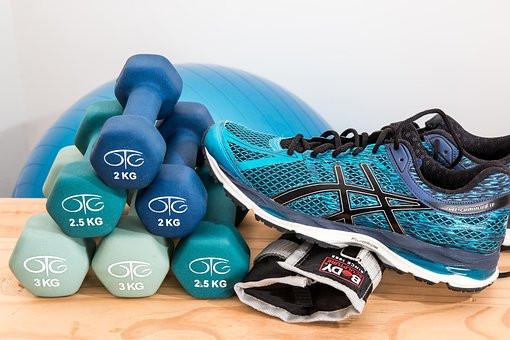Explore the World's Best Ideas
Join today and uncover 100+ curated journeys from 50+ topics. Unlock access to our mobile app with extensive features.
Running is individualised
Runners may get caught up in the idea that in order to see gains, you have to do more.
However, experts say that running is an individualised sport, and the volume and intensity to perform optimally depend on fast-twitch and slow-twitch muscle fibre predisposition.
8
90 reads
The difference between fast-twitch fibres and slow-twitch fibres
- Fast-twitch fibres have a more powerful force but fatigue quickly.
- Slow-twitch muscle fibers are less powerful but more fatigue-resistant.
- Our muscles contain both types, but your personal ratio can vary.
A 2020 study found that runners with more fast-twitch muscle fibres were more likely to suffer from short-term performance dips after periods of higher-volume training. It means that if you’re a fast-twitch athlete trying to push the same training as a slower-twitch athlete, it may actually make you get slower.
11
78 reads
Establish your specific muscle fibre ratio
To find your specific muscle fibre ratio, plug a recent 5K time into a race equivalency calculator, then compare it to your marathon results.
- If a 5K time suggests you can run a 3:59 marathon, but your real marathon time is 4:10, you may be stronger at shorter races that need fast-twitch muscle fibres.
- If your marathon time is 3:45, you may have more slow-twitch fibres.
8
68 reads
Lifestyle factors play a role
Most people aren't suited for higher mileage. Professional athletes go home after their workouts; they're eating well, they're stretching and sleeping.
The average person with a full-time job is likely not sleeping enough and knows it's unsustainable to put that much volume in their running. Furthermore, pushing higher may result in getting broken down and injuries.
8
59 reads
How to pack more quality into lower-mileage training plans
Examples of lower mileage training plans:
- Athletes can do two harder but longer-distance sessions per week, with a shorter recovery run the next day.
- Athletes can run four or five days per week with just one hard workout, such as 200-meter intervals. Long runs with varied intensity count as a quality session.
Expert trainers advise you don't need to supplement your days off with another form of cardio to cross-train. Cross-training sessions depend on your schedule and motivations. Other experts believe it's better to let your body fully recover on days you're not running.
9
55 reads
Strength workouts
Regular strength workouts is a key component to strong performances.
For example, a combination of weight-lifting and plyometric exercises, such as 5 sets each of barbell squats, weighted box jumps with dumbbells, and non-weighted box jumps, as well as separate 20-minute banded exercise sessions.
8
57 reads
Signs of overtraining
- You’re constantly dealing with soreness, fatigue, overuse injuries, or aiming for high numbers for their own sake.
- If you get out for a run, are breathing normally, and running at a pace that should be easy, but you find that your legs just don’t want to move.
- Watch out for an increase in your resting heart rate. You need to make serious adjustments if it is more than 10 percent for a couple of months.
11
44 reads
Take personal notes and avoid comparison
- Listen to your body and write down notes that you’ll learn from.
- Comparison can steal your joy for running. Social media only tells a fraction of the picture. We continually forget what works for us and then get scared or insecure based on what we see others doing.
9
42 reads
IDEAS CURATED BY
Jessica Delgado's ideas are part of this journey:
Learn more about exerciseandfitness with this collection
How to stay motivated
How to create a workout routine
Proper form and technique for home workouts
Related collections
Similar ideas
Read & Learn
20x Faster
without
deepstash
with
deepstash
with
deepstash
Personalized microlearning
—
100+ Learning Journeys
—
Access to 200,000+ ideas
—
Access to the mobile app
—
Unlimited idea saving
—
—
Unlimited history
—
—
Unlimited listening to ideas
—
—
Downloading & offline access
—
—
Supercharge your mind with one idea per day
Enter your email and spend 1 minute every day to learn something new.
I agree to receive email updates




